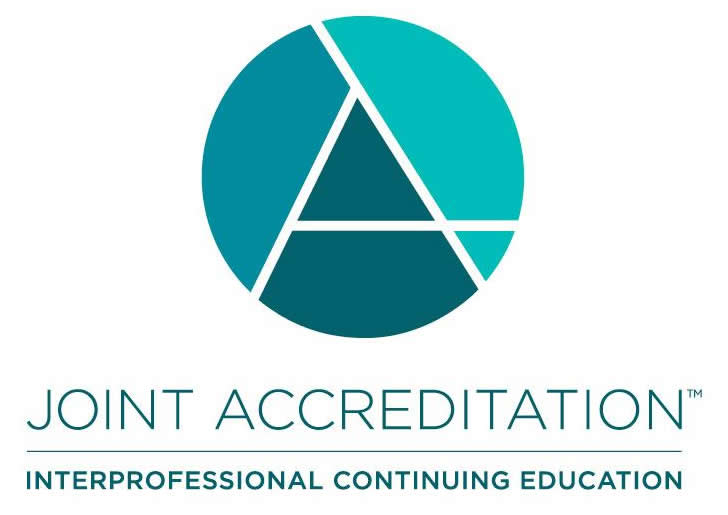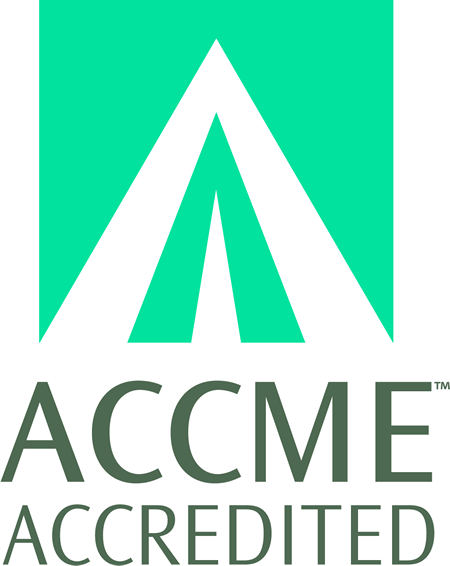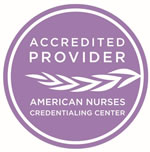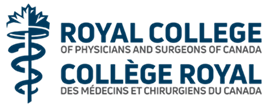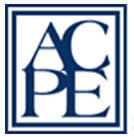
COURSE CREDITS & HOURS
16 AMA PRA Category 1 Credits™16 ACPE Credits
16.0 Contact Hours
3 Hours of Pharmacology for Nurse Practitioners
COURSE FEES
TARGET AUDIENCE
PROGRAM PURPOSE
- Male Urological Emergencies
- Discuss time-related caveats in management of testicular torsion and renal colic
- CNS infections
- Discuss timing and alternatives to lumbar puncture in cases of suspected CNS infections
- Allergy and Anaphylaxis
- Appreciate the role of early epinephrine administration and early airway management in acute anaphylaxis and angioedema
- Abdominal pain and trauma
- Identify the limitations of physical exam and imaging studies in excluding some important abdominal pathologies
- Airway Management
- Discuss importance of preparation and pretreatment for successful airway management
- Manage airway in a variety of emergencies
- ENT emergencies
- Recognize and manage certain ENT emergencies with focus on rational and safe care
- Effectively manage common maladies such as epistaxis and recognize uncommon ones such as mucor
- Anticholinergics and organophosphates
- Discuss approach and management of intentional and iatrogenic anticholinergic and cholinergic toxicity
- Enable recognition of appropriate toxidromes, decontamination, and resuscitation
- Psychiatric Medicine Toxicity
- Evaluate for the presence of a toxidrome: vitals, mental status, pupils, mucous membranes, bowel sounds, urinary retention
- Bronchiolitis and Asthma in Children
- Discuss best practices for patients with mild to moderate acute asthma exacerbations
- Identify which patients would benefit from aggressive asthma treatment in your emergency department
- Pediatric Visual Diagnosis
- Identify illness processes by key visual diagnostic clues
- Pediatric Hyperglycemic Emergencies
- Discuss the presentation and diagnostic workup of pediatric hyperglycemia
- Describe a treatment plan for diabetic ketoacidosis (DKA)
- Recognize some of the more severe complications of diabetic ketoacidosis and when/how to intervene
- Recognize hyperglycemic hyperosmolar state in children and how to intervene
- Healing your healers: Recognition of and Recovery from Second Victim Syndrome
- Ins and Outs: What's new in pediatric ingestions
- Understand emerging trends for observation vs. retrieval of foreign bodies
- Analyze evaluation, management and intervention strategies for newer hazards including laundry pods, magnetic toys and electronic cigarettes
- At Risk Children and Adolescents
- Identify risk factors and discuss the prevalence of physical abuse and suicide in children
- Develop plans to maximize safety interventions for these at risk groups
- Pediatric Neurologic Emergencies
- Apply best practices for pediatric seizure care based on appropriate risk stratification
- Increase recognition of pediatric patients at risk for stroke
- Obstetric Emergencies
- Understand etiology of pregnancy related morbidity and mortality and apply this knowledge to identify opportunities for intervention
- Identify best practices in the recognition and aggressive treatment of pre-eclampsia and hemorrhage.








